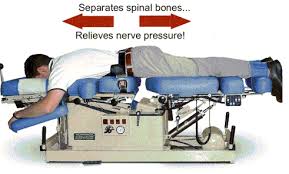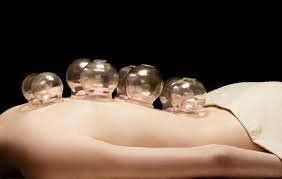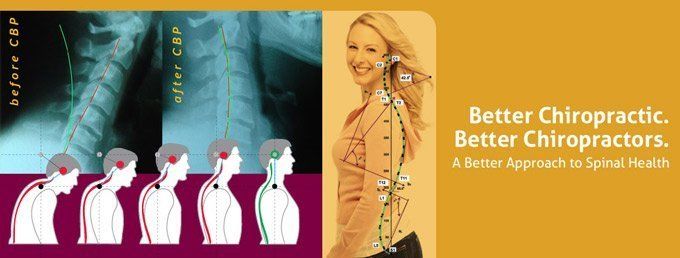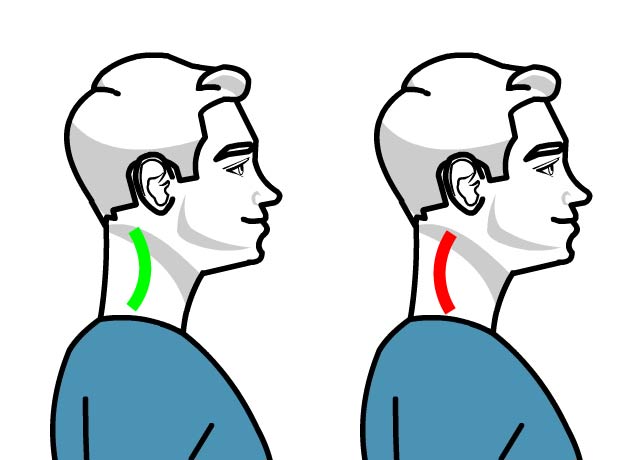Decompression Therapy Works When Others Fail.
- By Farzad Aziz
- •
- 09 Mar, 2018
- •
No drugs. No surgery. No long term commitments.No drugs. No surgery. No long term commitments.

So patients try stretching and exercise with a physical therapist or they get adjusted by a chiropractor . Both provide some degree of relief, but not enough. They give up, start taking medications and consider surgery. What most people don't do is TRY DECOMPRESSION! Since no profession owns decompression, it isn't well known to patients who need it. Previous decompression machines before computers were crude and hard to tolerate.
How does spinal decompression work?How does decompression work?
What can you expect from decompression therapy?What can you expect from decompression therapy?
Keep the disc in shape, try the McKenzie stretch.Keep the disc in shape, try the McKenzie stretch.
The missing piece: Proper lordosis.The missing piece: Proper lordosis.
The order is the secret.The order is the secret.
If you feel that you have run out of options for treating your pain, consider decompression before adding a drug or undergoing surgery.
If you live in the Bay Area, we would be happy to see if you are a candidate. Call us at 408.561.2957 to schedule an appointment. We'd love to be your Full Body Health Chiropractor !

If you’ve been watching the Rio Olympics, you might have noticed that some of the athletes, including Olympic gold medalist swimmer Michael Phelps, have a number of odd purple bruises on their bodies.
While some people were concerned Phelps and others had gotten involved in some sort of strange self-abuse, the round bruises are actually the result of a healing technique known as cupping. The gymnastics team captain, Chris Brooks, and American gymnast Alex Naddourr have also been seen with cupping marks.
Referring to the practice, Naddour told USA Today , “That’s been the secret that I have had through this year that keeps me healthy. It’s been better than any money I’ve spent on anything else.”
Cupping involves heating up small glass cups and then putting them onto the skin, and pulling them away from the body to help loosen and relax muscles by promoting blood flow.
It seems to be working. The U.S. men’s gymnastics team finished second during the qualifying round at the 2016 Olympics, and swim team members Michael Phelps and Nathan Adrian, who also uses cupping, managed to secure gold medals in the 4×100-meter freestyle relay.
Many massage therapists and other alternative health practitioners are including it as part of their practice. It makes sense as cupping is kind of the inverse of massage. Instead of apply pressure to muscles, the suction uses pressure to pull the skin, tissue and muscles upward. It’s a practice that was developed thousands of years ago, and while techniques have been modernized, the original philosophy is still the same.
Olympic athletes certainly aren’t the only ones to experience the many benefits of cupping, famous celebrities like actress Gwyneth Paltrow walked the red carpet with noticeable cupping marks on her back, and former “Friends” star Jennifer Aniston wore a strapless black dress to a movie premiere recently that showed cupping marks too.

There are three main pain generators in the neck: The muscles, the joints, and the discs. Posture tends to affect the muscles and joints. Disc injuries need to be treated prior to correcting posture, see our previous post on disc decompression therapy . But why does posture lead to tight muscles and tender joints? The answer is biomechanics. When the head is centered about the body, the muscles do not have to do much to keep it upright, and the joints have a nice full range of motion. When we have poor posture, the muscles will be constantly active to stabilize the neck and this will lead to chronic tight and tender muscles.
Try this: Stick your head forward as far as you can. Now try to look left and right. Next, pull your head back over your body and look left and right. You'll see that you lose the ability to look left and right as your head goes forward. Let's take a look at how we evaluate posture here in our office.
